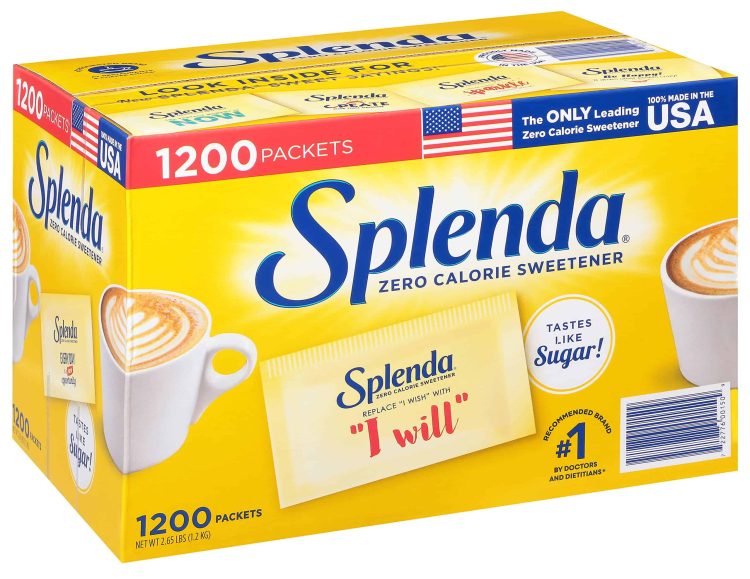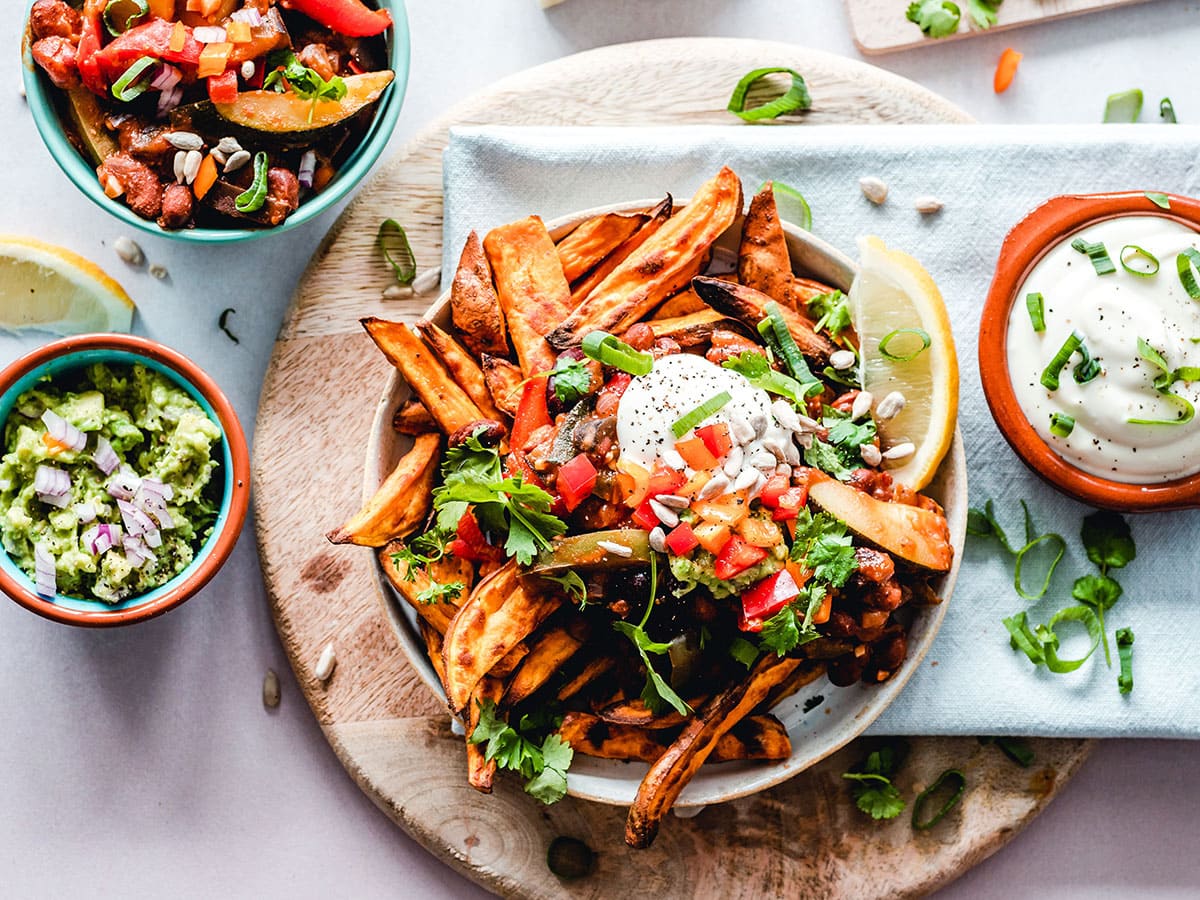“Can Splenda break my fast?”
Does this question bother you as you add a spoonful of the product to your tea during your intermittent fasting window?
Splenda uses sucralose, which is an artificial sweetener. Although it is a sugar substitute, Splenda contains no calories and is much sweeter.
Honey, corn or maple syrup, jaggery, and other sugar substitutes are high in calorific value. Even consuming a little can spike your insulin and throw your body out of the fasted state. However, Splenda is different. This article covers Splenda’s composition, usage, and side effects.
What is Splenda?
Splenda was developed in 1976 as an artificial sweetener with zero calories. As a standard sucralose-based product, Splenda emerged as a sugar replacement product in the market. Sucralose is derived from sugar and undergoes multiple chemical processes that substitute chlorine atoms present in the compound with the requisite hydrogen and oxygen groups. [1]
Tate & Lyle and Johnson & Johnson developed Splenda in the 1970s. Later in the 1990s, Splenda emerged as one of the most popular sweeteners in the country.
Today, Splenda is used widely in cooking, baking, and beverages as it is heat stable. [2]
Although sucralose has no calories, the composition of Splenda indicates the presence of carbohydrates dextrose and maltodextrin, which can contribute to your calorie count, albeit insignificantly. Studies reveal that Splenda is safe to consume in moderation and is found in packaged foods, ready-made meals, a variety of desserts, toothpaste, drinks, chewing gum, etc. [3]
Splenda Nutritional Facts
1-gram Splenda packets contain 3.36 calories, 0.9 grams of carbohydrates, 0.8 grams of sugar, and no fats.
Splenda mimics sugar’s sweetness and is convenient to carry with you. Sucralose, an indigestible artificial sugar, contributes to the product’s sweetness. Splenda contains chemicals such as dextrose and maltodextrin. The former is identical to regular glucose, while the latter is a starch-like compound broken down into smaller pieces. Maltodextrin is said to have a higher glycaemic index than your standard table sugar. Hence, it can raise blood glucose levels more quickly than regular sugar. [4]
Does Splenda Break A Fast?
Keeping your insulin response low is vital when burning fat. So, if you are fasting to reduce weight, consuming anything that triggers an insulin response will break your fast. With a higher glycaemic index, maltodextrin can raise blood glucose to release insulin and break your fast.
Splenda and Intermittent Fasting to Lose Fat
Your intermittent fasting regimen comprises two phases — eating and fasting. Though you may not consume anything other than water or calorie-free beverages in the fasting window, the IF eating window does not have any such rule. However, adding Splenda to your tea, coffee, or other beverages could do more harm than good for your weight loss goals.
Splenda is made from natural sugar, processed chemically. Although it may appear calorie-free, the carbohydrates dextrose and maltodextrin may negatively impact your metabolism, impacting your fat-loss progress.
Will Sucralose Raise Blood Sugar Levels During Fasting?
Sucralose is a non-caloric substance that doesn’t trigger an insulin response. However, Splenda contains dextrose and maltodextrin. With a higher glycaemic index, the latter can raise your blood glucose much faster, leading to insulin release and breaking your fast [5]. Moreover, excessive use of sucralose can induce dysbiosis, glucose intolerance, and possibly metabolic disease.
Read the full article here.





